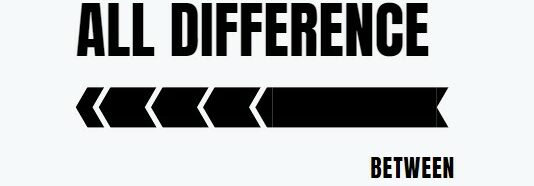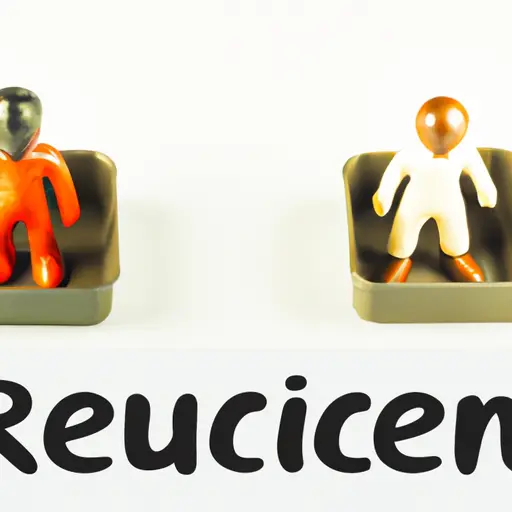So what is the difference between refugee and asylum seeker
1. What is the definition of a refugee?
A refugee is a person who has been forced to leave their home country due to persecution, conflict, or natural disaster. Refugees are not able to return safely and must seek protection in another country. They may have lost contact with family members, or may be fleeing violence and seeking safety in an unfamiliar place. Refugees often face difficulties accessing basic services such as education and employment opportunities as they adjust to life in a new environment.
2. What is the definition of an asylum seeker?
An asylum seeker is an individual who has left their home country and applied for refugee status in another nation. They are seeking protection from persecution, war or violence. These individuals have not yet been granted refugee status but must remain in the country until a decision has been made on their case. Asylum seekers often face difficult circumstances such as poverty and inadequate access to health care and education while they await processing of their applications. In many cases, they also experience discrimination because of their nationality or ethnic background. Ultimately, asylum seekers hope that the new nation will recognize them as refugees and provide them with safety and security so that they can rebuild their lives far away from danger.
3. How are refugees and asylum seekers similar?
Refugees and asylum seekers share a common desire to seek safety and security from persecution or conflict in their home countries. Both are individuals who have left their homes due to fear of violence, discrimination, or some other form of injustice. Refugees generally apply for refugee status before leaving their country, while asylum seekers arrive in another country without prior authorization. Both refugees and asylum seekers rely on the international protection system for help with accessing basic services such as food, housing, medical care, education and employment opportunities. Although there are differences between refugee status and asylum seeker status both groups need support from governments around the world in order to access these services.
4. How do refugees and asylum seekers differ?
Refugees and asylum seekers are two distinct groups of individuals who have left their home countries in search of safety. Refugees are people who have been forced to flee their country due to war, violence, or persecution based on race, religion, nationality, membership in a particular social group or political opinion. Alternatively, an asylum seeker is someone who has applied for the right to remain in another country and is waiting for a decision from authorities regarding that application. The differences between refugees and asylum seekers can be found in the way they arrive at destination countries and how they are treated once there.
Refugees often require immediate assistance upon arrival as they may not even have had time to apply for legal protection before leaving their home countries whereas an asylum seeker will typically already possess some form of documentation demonstrating that their request for protection has already been made prior to arrival. Furthermore, refugees enjoy certain rights under international law which include access to public services such as healthcare while these same rights may not be extended automatically to asylum seekers until such time as their applications have been approved by relevant authorities.
5. Who decides if someone can be classified as a refugee or an asylum seeker?
The decision to classify someone as a refugee or an asylum seeker lies with the respective immigration authorities of the country in question. In general, they take into consideration various factors such as political and religious persecution, race, nationality, gender and other identity related issues. These factors are used to determine whether an individual has valid reasons for seeking refuge or asylum in another country. The authorities also evaluate any documentation provided by the applicant to support their claim for protection from harm or danger that would lead them to seek refuge abroad. Once all relevant information is taken into account, a decision will be made on whether the person should be granted legal protection as a refugee or an asylum seeker.
6. Are there any special rights granted to either group that are not available to the other?
Yes, there are some rights granted to each social group that the other does not have access to. For instance, members of certain racial or ethnic groups may qualify for government programs such as affirmative action which grants them special privileges when applying for jobs or college admission. These privileges are not available to people from different backgrounds and can significantly improve their chances of success in their endeavors. Additionally, individuals with disabilities may receive special accommodations from employers or educational institutions that allow them to perform tasks they would otherwise be unable to do without those accommodations, while non-disabled individuals do not have access to these resources. Finally, LGBTQ+ communities may be protected by anti-discrimination laws that ensure they cannot be discriminated against due to their sexual orientation or gender identity – something that is often unavailable for straight and cisgender individuals who must rely on individual employers making fair decisions about hiring and promoting staff on a case-by-case basis.
7. Is one status more likely than the other in certain countries/regions of the world?
Yes, one status is more likely than the other in certain countries or regions of the world due to a variety of factors. These can include economic and political conditions as well as traditional customs and values. For example, in some parts of Africa and Asia, women may be disadvantaged when it comes to education, job opportunities, and legal rights because they are seen as inferior to their male counterparts. In other areas such as North America or Europe, women may have greater access to education and employment opportunities compared to men. Additionally, religious beliefs may also play a major role in determining which social status people belong to within certain societies; for instance some religions place more emphasis on male authority over female authority while others do not differentiate between genders at all. Ultimately, each country or region has its own unique set of cultural norms that shape how different statuses are viewed by society.
8. Are there any legal considerations associated with each status that people should be aware of when applying for either one?
Yes, there are several legal considerations to be aware of when applying for either status. For instance, a permanent resident must have lived in the United States for at least five years before being eligible to become a citizen. Furthermore, applicants for both statuses must pass background checks and adhere to all applicable immigration laws. As a permanent resident, you will need to renew your green card every ten years and file taxes on any income earned from U.S. sources. As an American citizen, you will be obligated to comply with all federal laws as well as pay taxes on worldwide income regardless of residence or citizenship status. Both statuses come with certain rights and privileges such as access to government benefits like healthcare or education assistance but also require certain responsibilities such as registering for military service if necessary or voting in elections when able-bodied citizens turn 18 years old..
9. What is required to apply for refugee or asylum seeker status, respectively ?
In order to apply for refugee or asylum seeker status, an individual must demonstrate a well-founded fear of persecution in their home country due to race, religion, nationality, political opinion, or membership in a particular social group. Refugee and asylum seekers must provide evidence that they have experienced harm in their country of origin based on one of these criteria. Depending on the circumstances and situation, this can include documents from family members or other individuals who can attest to the applicant’s story. In some cases documented evidence is not available so affidavits may be provided instead. Additionally, applicants will also need to provide birth certificates and government identification if possible as part of the application process.
10 Can someone change their status from one classification to another ?
Yes, it is possible to change one’s status from one classification to another. For example, an individual may be able to transition from student status to employee status by obtaining a job and having their educational institution update their records accordingly. Additionally, those who have obtained permanent residency in a country can apply for citizenship. Furthermore, individuals who wish to alter how they are identified within their current jurisdiction may do so by submitting paperwork and/or attending hearings or other proceedings as necessary. It is important that anyone considering changing their status make sure they understand the process and any potential implications of doing so beforehand.


